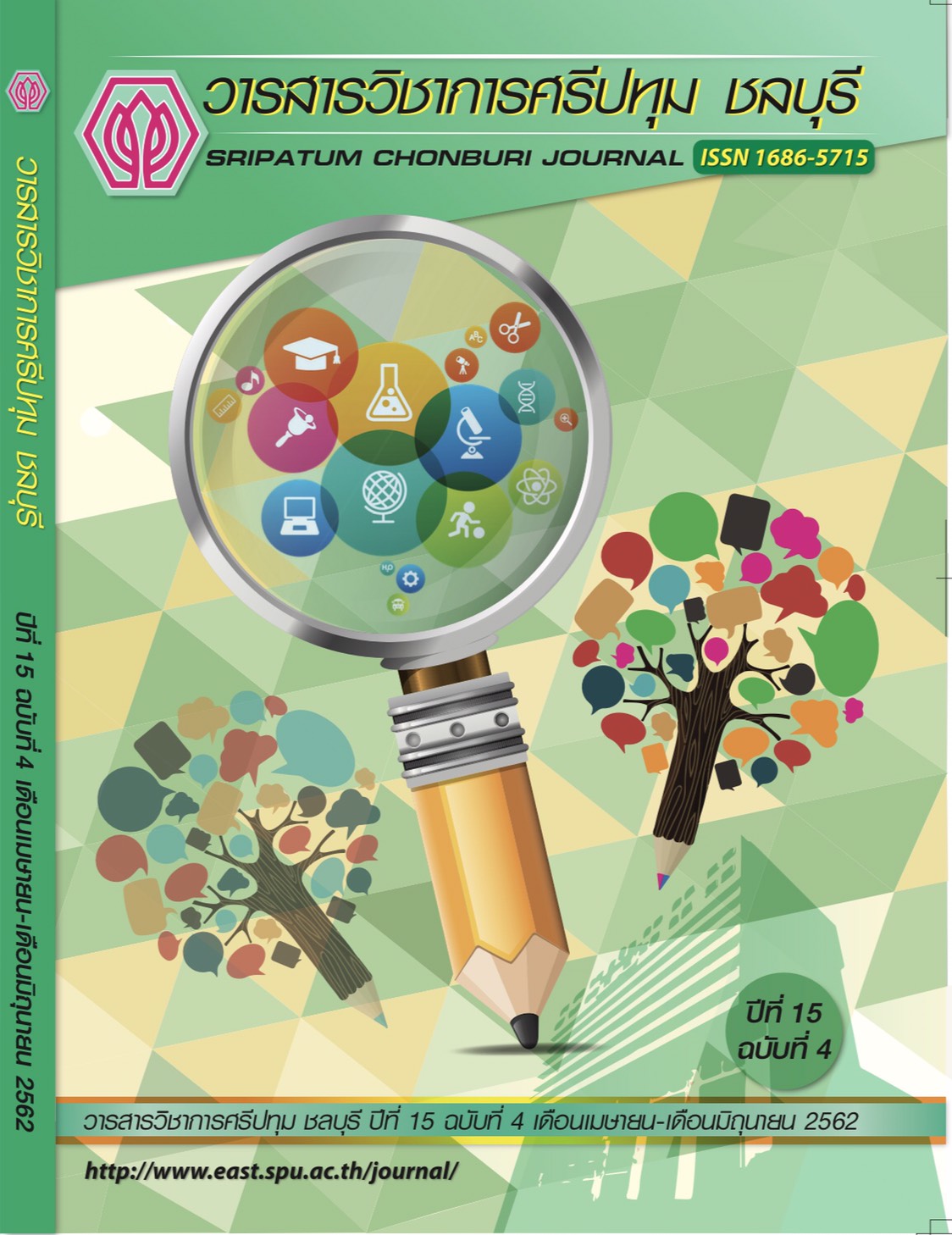DEVELOPMENT OF INNOVATIVE LEADERSHIP MEASURE AMONG MANAGERS IN THE SME ENTERPRISES
Keywords:
innovation leadership, SME enterprisesAbstract
The objective of research was to develop a measuring instrument of innovative leadership among managers in the SME enterprises. There are two phases–the first one is synthesizing concept of four types of leaderships; charismatic leadership, transformational leadership, strategic leadership, and team leadership. It was used as a base and objective to obtain the definitions and factors of innovative leadership. Three SMEs experts were interviewed under the five factors in order to understand comprehensive contents and match with the context of SMEs. The second phase was gathering data by means of questionnaire which to be answered by 700 managers and went through confirmatory factor analysis to check consistency between factors from empirical data. Tools adopted in this research comprised of interview and 5-scale questionnaire, while statistics used are confirmatory factor analysis by using LISREL. The result indicated as follows:
- The five factors of innovative are pursuing vision and keeping pace with change, promoting
teamwork, implementing quickly, communicating efficiently, and inspiring others.
- The result of confirmatory factor analysis showed that the innovative leadership model
requiring the five factors to jointly measure latent variables was consistent with the empirical data (c2= 3887.47, df = 734, RMSEA = .078, SRMR = .041, CFI = .96, TLI = .96).
References
Bollen, K. A. (1989). A new incremental fit index for general structural equation models. Sociological
Methods & Research, 17(3), pp. 303-316.
Eisenbach, R., Watson, K., & Pillai, R. (1999). Transformational leadership in the context of
organizational change. Journal of Organizational Change Management, 12(2), pp. 80-89.
Hitt, Michael A., Ireland, R. Duane, & Harrison, Jeffrey S. (2005). Mergers and acquisitions: A value
creating or value destroying strategy?. In Michael A. Hitt, R. Edward Freeman, & Jeffrey S.
Harrison (Eds.), The Blackwell Handbook of Strategic Management (pp. 377-402). Hoboken, NJ: Blackwell.
Ireland, R. Duane, & Hitt, Michael A. (2005). Achieving and maintaining strategic competitiveness in the 21st century: The role of strategic leadership. Academy of Management Executive, 19, pp. 63-77.
James, K., & Lahti, K. (2011). Organizational vision and system influences on employee inspiration and organizational performance. Creativity and Innovation Management, 20(2), pp. 108-120.
Kline, R. B. (2005). Principles and practice of structural equation modeling (2nd ed.). New York, NY:
Guilford.
Paulsen, N., et al. (2013). Transformational leadership and innovation in an R & D organization experiencing major change. Journal of Organizational Change Management, 26(3), pp. 595- 610.
Wong, S. (2013). The role of management involvement in innovation. Management Decision, 51, pp. 709-729.
Downloads
Published
Issue
Section
License
บทความทุกบทความเป็นลิขสิทธิ์ของวารสารวิชาการศรีปทุม ชลบุรี



